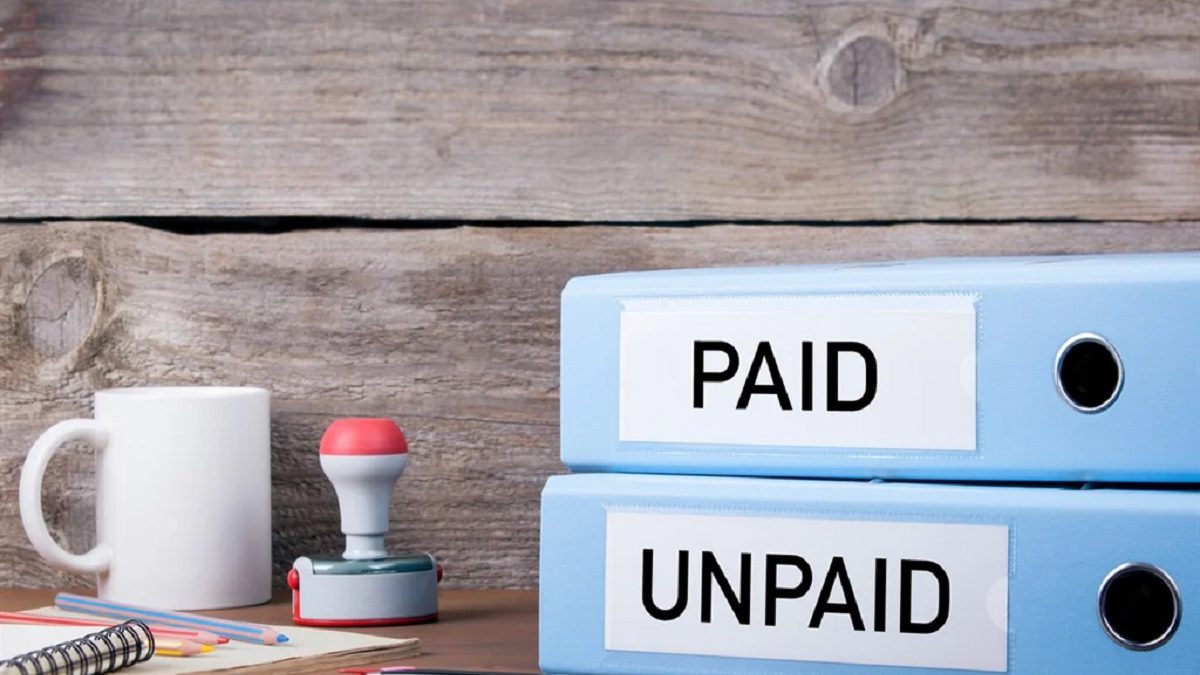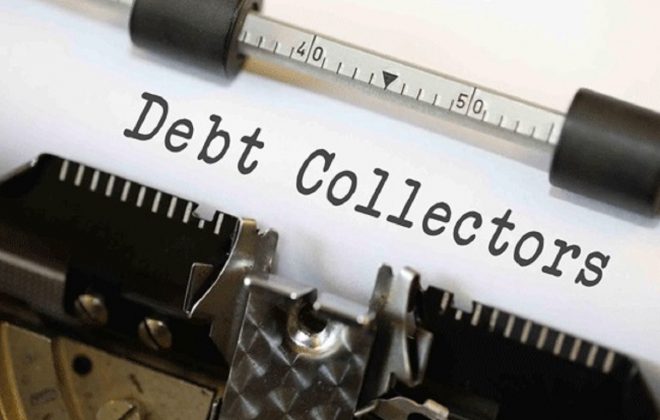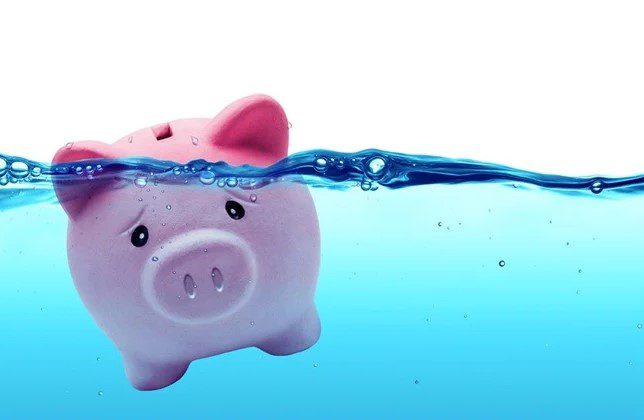How can I pay off my debts?
The first step in paying off your debts is to get really clear on exactly what you owe (and to whom). This will give you a total picture of your debt. While this might seem scary, it also will give you a “magic number” – this is how much money it would take for you to be totally debt-free.
List your debts
Include any debt that you are responsible for paying back, such as your home loan, car loans, student loans, medical bills, credit cards, personal loans, payday loans and money owed to family and friends.
For each creditor (each person or company to whom you owe money) include the remaining balance, the minimum monthly payment and the interest rate.
Which of these debts is critical to your family’s survival?
For example, paying your home loan keeps a roof over your head, and paying your car loan enables you to go to work, so it likely is important to pay at least the minimum monthly due on these debts before putting money to anything else. If your home or car loan is more than you can afford, you might need to downsize to put more money toward your debt.
How much can you reasonably pay toward your total debts each month (after you meet your critical needs)?
Calculate how much you make each month and subtract your essential monthly expenses such as rent or mortgage, transportation, medicine and food.
Do not include any debt payments that are not critical to your current survival. How much money do you have left over to put toward your debts each month? If you have no money at all left over to put to your debt, you need to somehow increase your income, cut back your expenses or consider debt relief and possibly even bankruptcy.
Prioritize your debts to know which to pay off first
How you prioritize paying back your debts is unique to your situation. Here are some approaches:
Option A: Start with the debt that is causing you the most stress
Which debt is the most behind in payment? If you put all your leftover money to it each month, how quickly could you pay it off? Sometimes a relatively small debt creates a lot of tension. Even if this debt is to a family member or friend, it could make sense to pay it first to ease your stress. (However, be careful not to fall behind on other debts, which could start the stress cycle all over again, and remember that paying back a family member will not help your credit score.)
Option B: Start with the highest interest rate
Pay off the debt with the highest interest rate first, as you continue to make minimum monthly payments on the other debts. When you have paid off that first debt, move to the second-highest interest rate and continue until you have paid off all your debt. This creates a snowball effect because once you pay off the first debt, you can add that money to the money you already are paying to the next debt, and so on until you have paid off all your debts.
Option C: Start with the smallest debt
Again, this might seem illogical, but paying a debt off completely – even if it is less than R1000 – can give you a feeling of accomplishment and create the momentum to move on to the next debt on your list.
Until next time.
The MoneyShop Team
This article has been prepared for information purposes only and it does not constitute legal, financial, or medical advice. The publication, journalist, and companies or individuals providing commentary cannot be held liable in any way. Readers are advised to seek legal, financial, or medical advice where appropriate.




